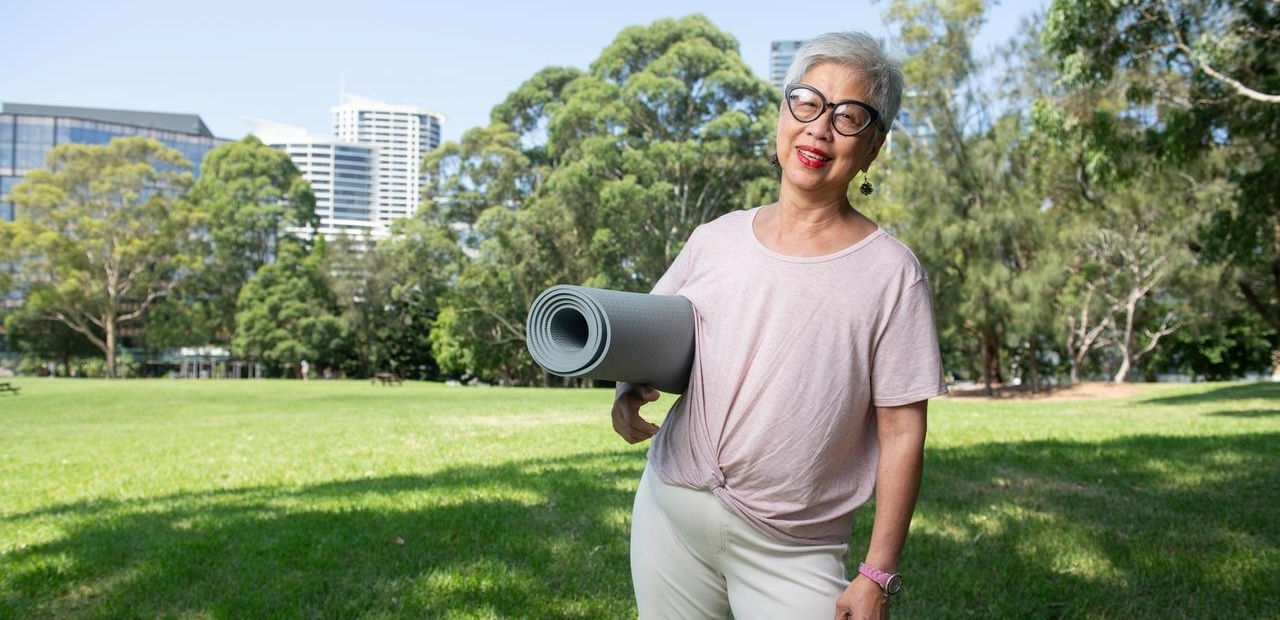- Patients
- Treatment options
- Radiation therapy
- Brachytherapy

Brachytherapy
Brachytherapy is a type of internal radiation therapy used to treat a range of cancers.1
What is brachytherapy?
Brachytherapy is a type of internal radiation therapy.1 The aim of brachytherapy is to treat a tumour whilst minimising healthy-tissue-damage as much as possible.1 It involves placing a calculated amount of radioactive material into, or next to the tumour.1
What does having brachytherapy usually involve?
How brachytherapy is administered, as well as the dosage, will depend on the cancer being treated and what your doctor decides.2 Several techniques can be used to insert the radioactive material, and different dosing regimens are available, including; low dose rates (LDR), low intensity pulses, or high dose rates (HDR).1,2 Your radiation oncologist will be able to explain all the details to you about your treatment and what to expect.
If you have any further questions or concerns regarding brachytherapy, please speak with your treating doctor and care team.
Find a centre near you
Read next

Our centres
In Australia, we have more than 40 oncology centres in metro and regional Queensland, New South Wales, Victoria, South Australia, and Western Australia.

Our doctors
Our experienced, specialised doctors offer bespoke, dedicated care aiming to provide the best possible clinical outcomes.

Radiation therapy for cancer
Radiation therapy uses high energy X-rays or other particles to treat cancer and can be used at all stages.
- Chargari, C et al. CA Cancer J Clin. 2019;69(5):386-401.
- Mayer C et al. StatPearls [Internet]. Treasure Island (FL): Brachytherapy. Page last updated June 2023 (cited Nov. 2023). Access from: https://www.ncbi.nlm.nih.gov/books/NBK562190/

You are leaving our website
You are now leaving our website. GenesisCare do not control this content and therefore are not responsible for its accuracy or reliability.
Disclaimer:
This website is provided for information purposes only. Nothing on this website is intended to be used as medical advice, or to diagnose, treat, cure or prevent any disease. It should not be used as a substitute for your own health professional's advice. Any medical procedure or treatment carries risks. Before proceeding with treatment, you should discuss the risks and benefits of the treatment with an appropriately qualified health practitioner. Individual treatment outcomes and experiences will vary.


